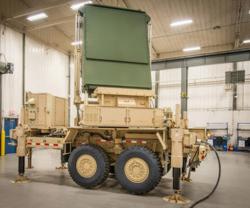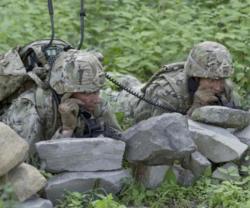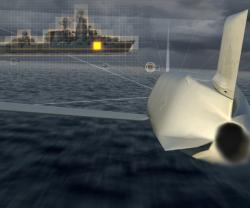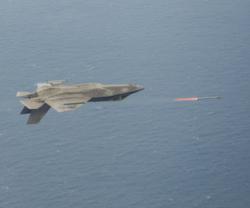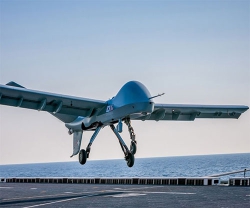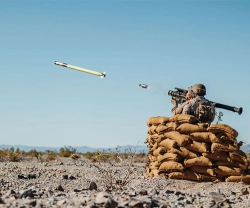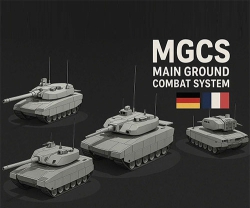Lockheed Martin’s Miniature Hit-to-Kill (MHTK) interceptor was successfully launched in an engineering demonstration at White Sands Missile Range, New Mexico. The demonstration on Friday, July 29, was part of the U.S. Army’s Aviation and Missile Research Development and Engineering Center’s (AMRDEC) Extended Area Protection and Survivability (EAPS) program.
The flight demonstrated the agility and aerodynamic capability of the MHTK missile, which is designed to defeat rocket, artillery and mortar (RAM) targets at ranges greatly exceeding those of current and interim systems. Today’s test advances the program, increasing the level of MHTK maturity.
Janice Booth, Program Manager at AMRDEC, said, “We still need to review the data gathered, but we are pleased with what we have seen so far. The MHTK has the potential to bring miniaturized capabilities to the warfighter with lower costs and reduced logistic footprints, and opens up a world of opportunities for applications of small interceptors.”
“Today’s global security environment demands agile, close-range solutions that protect warfighters and citizens from enemy rockets, artillery and mortars. This test is another successful milestone demonstrating the interceptor’s maturity as well as performance, and we look forward to continuing to build on this success,” said Bob Saxer, Vice President of Air and Missile Defense at Lockheed Martin Missiles and Fire Control.
The MHTK interceptor is less than 2.5 feet (72 cm) in length and weighs about 5 pounds (2.2 kg) at launch. It is designed to be small in size while retaining the range and lethality desired in a counter-RAM solution, with the reliability of other Lockheed Martin Hit-to-Kill interceptors.
The MHTK uses Hit-to-Kill technology, which destroys threats through kinetic energy in body-to-body contact. Hit-to-Kill technology delivers all of the available interceptor energy, but removes the risk of collateral damage seen in traditional blast-fragmentation interceptors. The MHTK interceptor complements other Lockheed Martin Hit-to-Kill missile interceptors by delivering close-range lethality with proven success for a true layered Hit-to-Kill defense.
As a world leader in systems integration and development of air and missile defense systems and technologies, Lockheed Martin delivers high-quality missile defense solutions that protect citizens, critical assets and deployed forces from current and future threats. The company’s experience spans missile design and production, infrared seekers, command and control/battle management, and communications, precision pointing and tracking optics, radar and signal processing, as well as threat-representative targets for missile defense tests.
The U.S. Army Aviation and Missile Research, Development and Engineering Center leads the nation in advancement and sustainment of aviation systems, missile systems and related technologies. AMRDEC's mission is to deliver technical capabilities for responsive and cost effective research, product development and life-cycle systems engineering solutions that equip the warfighter with the best technology today and tomorrow.
Headquartered in Bethesda, Maryland, Lockheed Martin is a global security and aerospace company that employs approximately 125,000 people worldwide and is principally engaged in the research, design, development, manufacture, integration and sustainment of advanced technology systems, products and services.


